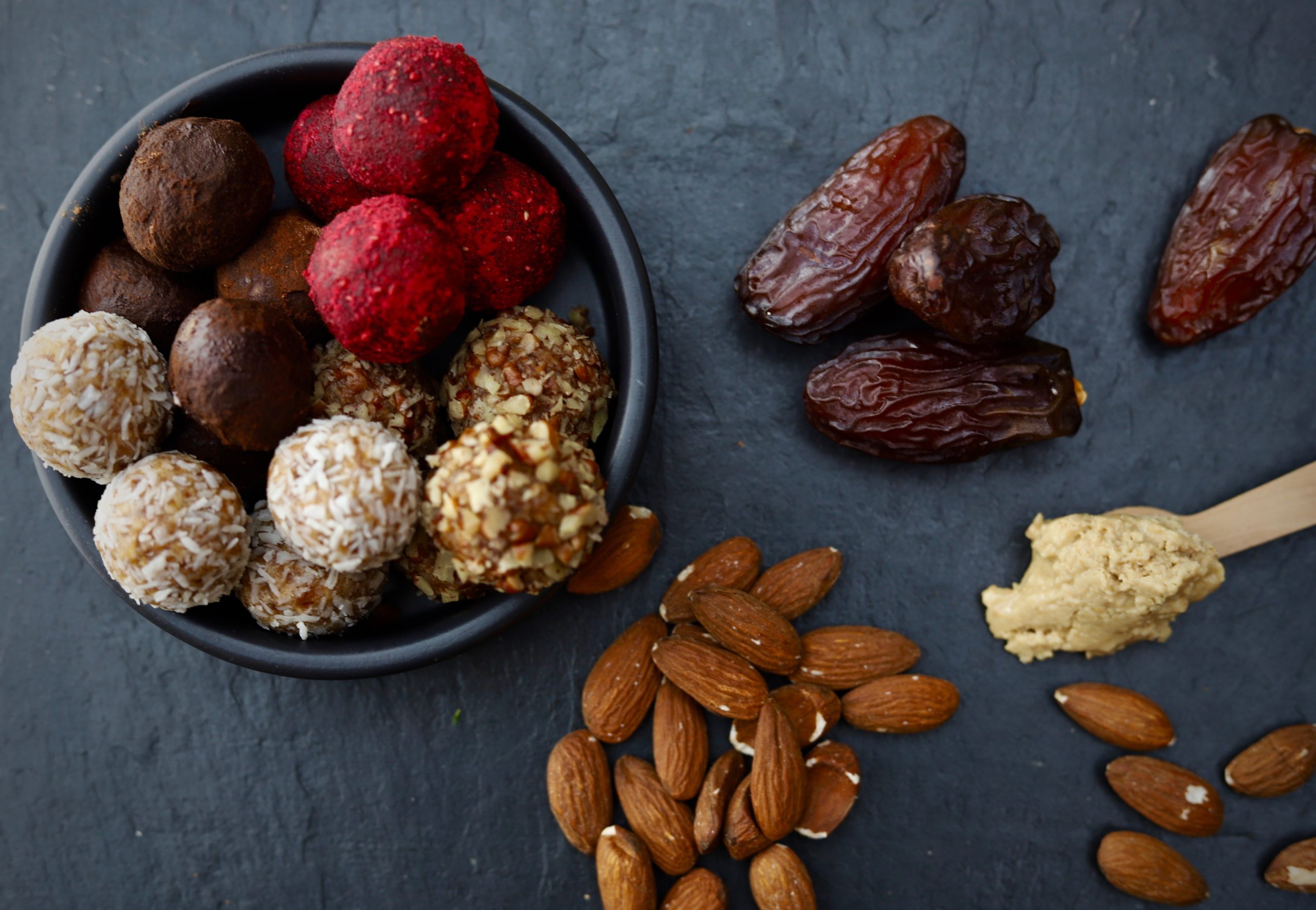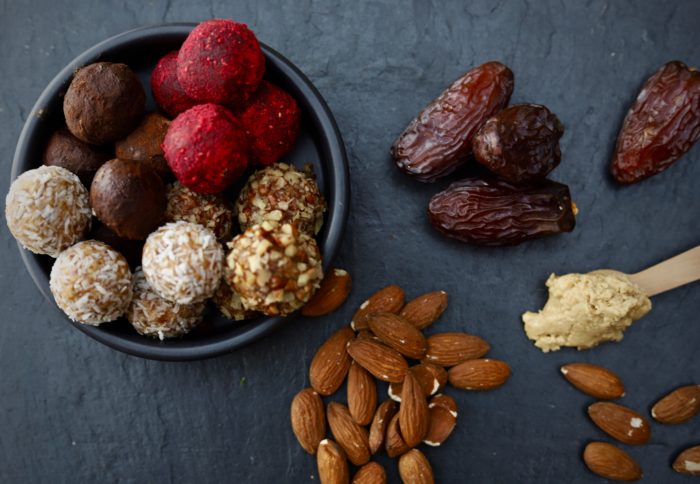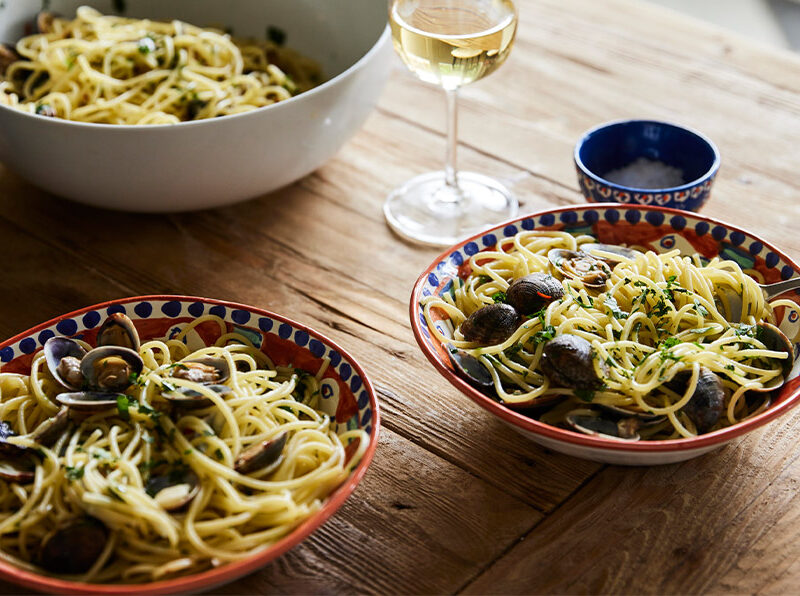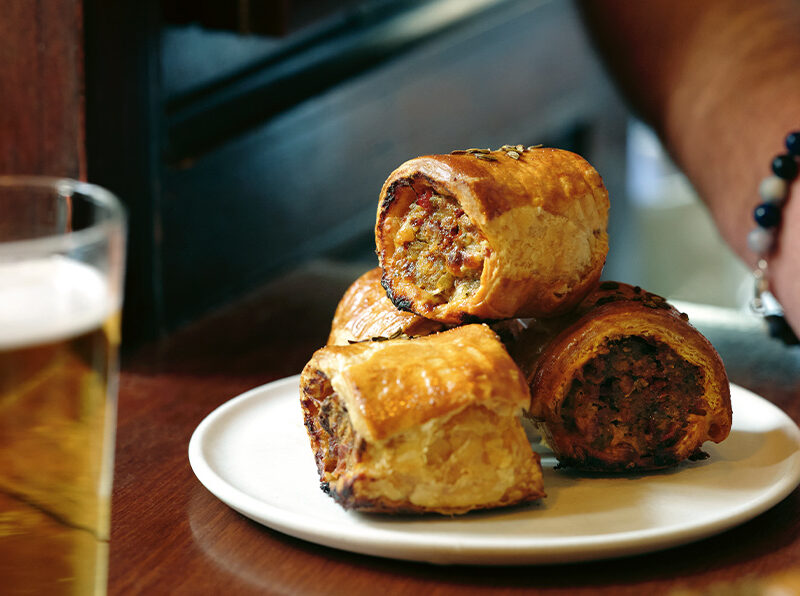
Balancing Blood Sugars
Balancing Blood Sugars
Why do we care? What’s the big deal? Nutrition coach Caroline Haigh reveals why balancing blood sugars is important for our health
There is a lot of info about the evils of sugar and how detrimental it can be for our health, but do you know why?
Well, stable and balanced blood sugar levels are the basis of good health, ensuring energy levels remain consistent, brain function is at its peak, mood stays positive, weight remains stable, the immune system keeps strong, the heart stay healthy and so much more. Sounds great doesn’t it!
Sugar, or glucose, is the main source of energy for our bodies, in fact it is the preferred source of fuel for our brains and what every cell in our body requires to function.
So, you would think the more glucose the better? Right?
Wrong! Sadly it’s not that simple. As with many things, the importance is balance.
A balance of the amount of glucose coming in from food and the amount that cells need to function… a tip in either direction can cause problems.
The science bit… what actually happens when we eat carbohydrates?
When we eat carbohydrates, the digestive system breaks them down to release their simplest component – glucose. This is the case whether simple sugars or complex carbohydrates. When glucose is available, the pancreas releases the hormone insulin which tells our cells that glucose is available for use. Cells have receptors, like doors, which will open in response to the insulin and take in the glucose for us to use as energy. Any excess glucose is stored in the liver as glycogen.
The body is miraculous and works like clockwork with the perfect balance of glucose coming in from food, stored glycogen in the liver and the amount of energy we need to function. In a healthy system when blood sugars are balanced, a chocolate bar or glass of wine will not cause too much of an issue.
But, what happens when sugar levels become unbalanced and are either consistently high or go up and down like a see-saw.
So, what happens when blood sugars are too high?
When we eat too many foods that are high in simple sugars like cakes or biscuits, the sugars are released into the bloodstream very fast which sends our blood sugar levels souring. This might give us an initial burst of energy but will inevitably lead to an sugar slump which makes us reach for a quick high carb snack… and blood sugars sour once again. This constant see-sawing of blood sugars can cause the body’s natural mechanisms to get confused and to become over-sensitive to changes in blood sugars, resulting in the pancreas releasing too much insulin. Constantly high insulin levels cause something called insulin resistance – this basically means the cells ignore the insulin and don’t take up the glucose. This results in too much sugar in the bloodstream.
Excess sugar in the bloodstream is toxic so it has to go somewhere and this is when something called lipogenesis occurs – sugar is turned into fat. These fats are stored in the adipose tissue which is located around the abdomen – that hard to shift fatty area or the dreaded muffin top!
How do you break the blood sugar rollercoaster?
The key = diet (Factors such as stress and sleep are also involved but the food we eat has the most significant impact)
- Eat real and wholefoods
Base your diet around all the delicious fresh foods that are as near to their natural state as possible – fruits and vegetables, good quality meats and fish, healthy fats, legumes, nuts and seeds. By doing this, you will automatically reduce the amount of added or hidden sugars you eat. - Swap white for wholegrain
Complex carbohydrates are less processed than white goods and, due to their multi-layers of fibre, will release their sugars very slowly. This will provide a slow release of energy rather than a sugar surge. Swap white goods such as white flour, white rice, white bread for whole grains such as brown rice, wholewheat pasta, oats and granary bread. - Include low Glycaemic Load (GL) foods
The GL is the rate to which a food raises your blood sugars taking into account the amount of useable carbohydrate. Foods with a low GL keep blood sugars levels consistent. There are many detailed lists online but the general rule: - High fibre + least processed = lowest GL
- Build a healthy plate of food
Always ask yourself – where is the protein on this plate? And where is the good fat? Aim for 1/4 of meal as protein, and 1/2 as non-starchy vegetables (a rainbow of colour), add some good fats (avocado or nuts maybe) and then just under 1/4 plate as complex carbs. This will create a perfectly balanced meal and provide a slow release of energy and tons of nutrition! - Eat three meals a day
Digestion is hard work for the body and snacking can cause blood sugars to struggle to gain balance. Enjoy three balanced meals a day, as detailed above, and you will find you may not need that mid-afternoon snack – if you do though, go for high protein options such as nuts & seeds, oatcakes, crudités and houmous OR give these Date & Nut Energy Balls a try…
RECIPE: Date & Oat Energy Balls
These protein and fibre rich bites offer a delicious caramel sweetness and are a perfect mid afternoon snack as they offer a drip feed of energy rather than causing a sharp spike in blood sugars.
200g medjool dates, stoned
100g whole almonds
2 tbsp of your favourite nut butter
1-2 tbsp coconut oil
1/2 tsp cinnamon
Place all the ingredients into a blender and blend until the nuts are broken up and the mix becomes sticky and it all comes together. Either press into a small baking tin or roll into individual balls. Refrigerate for about an hour.
Chef tips:
- Experiment with flavours – add 1 tsp cocao for a chocolate fix, use a variety of different nuts from Brazil nuts to cashews nuts and add different spices such as ginger or mixed spice.
Nutritional benefits?
- Dates – a delicious natural sweetener, a source of iron so supports energy levels, and high in fibre so helps ease digestion.
- Oats – blood sugar balance, lowers cholesterol, gut healthy – high in a soluble fibre called beta glucan which attaches to cholesterol and takes it out of the body. Great for energy as oats are packed with B vitamins. And high in the amino acid tryptophan which is the chemical precursor to Serotonin – the happy hormone – so oats make you happy!
Caroline Haigh is a Nutrition Coach & Bespoke Caterer
info@everydayhealthycooking.co.uk
Everyday Healthy Cooking@everydayhealthycooking
Your Undercover Cook (Catering)
References:
Dr Rupy Aujla (2019) The Doctor’s Kitchen: Eat to Beat Illness. London, Harper Collins
Dale Pinnock (2017) Medicinal Cookery: Recipes from Nature’s Edible Pharmacy. London, Orion Publishing Ltd
Michael T Murray and Joseph Pizzorno (2012) The Encyclopedia of Natural Medicine: Third Edition. New York, Simon & Schuster
MORE WELLBEING AND FOOD STORIES
GREAT IMMUNE BOOSTING FOODS TO TRY NOW







